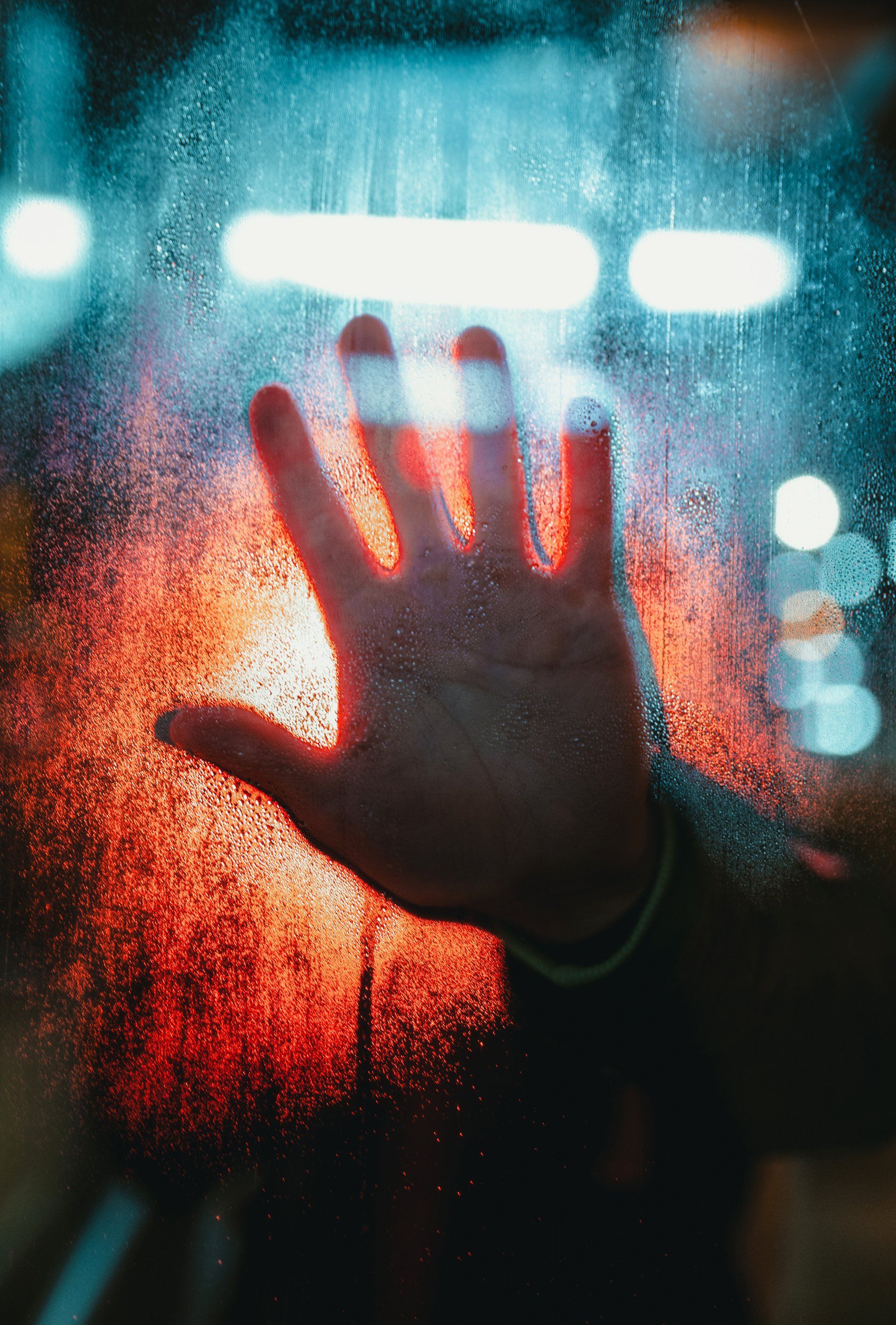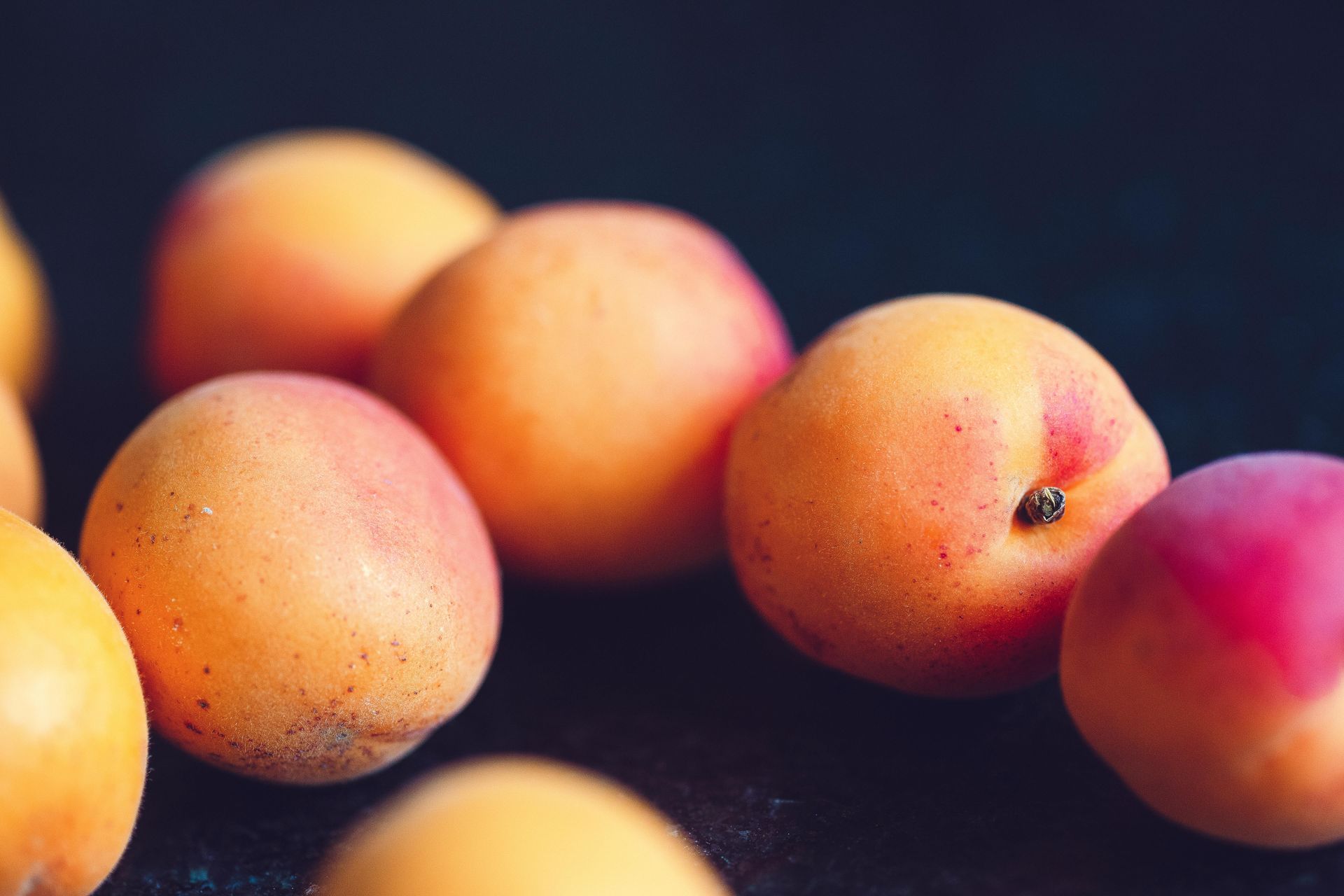Can UVC hygiene take the strain of the next crop of diseases?
UVC light is a powerful and potent killer of bacteria, viruses, spores, moulds and other pathogens, so will it also be able to help halt the spread of the new crop of diseases the WHO is warning us about for next year?
Every pathogen has to be tested, of course, to see if it really can be killed by UVC light, but the signs are very good indeed. This type of light, at this special wavelength, is deadly to so many communicable diseases, it's likely to kill those on the WHO's latest hit list as well. As the festive season approaches, let's explore the risks humanity faces in 2025.
17 threats on the World Health Organization's latest vaccine development list
The WHO has listed 17 disease-causing bacteria, viruses and parasites as top priorities for new vaccine development going forwards. It's the first ever study to globally assess and prioritise these common diseases based on how badly they affect our health regionally and globally.
So far the focus of vaccine research has been on commerce, with profit put first. This new WHO report focuses on humanity's needs, not profit. They asked international and regional experts for their vaccine research and development priorities based on disease, deaths, their socioeconomic impact and any existing disease resistance.
The resulting list reflects the needs of diverse populations across the planet, revealing ten top priority pathogens for each of the WHO’s six regions. When combined
the global list contains 17 urgent common pathogens that are already endemic, already needing urgent action.
- Three of the most deadly, which together kill almost two and a half million of us a year, are HIV, malaria, and tuberculosis, and these remain long standing priorities for vaccine research
- Joining the list for 2025 is Group A streptococcus, a severe infection that contributes to 280,000 deaths a year from rheumatic heart disease in poorer nations
- Klebsiella pneumoniae is a newbie, a bacteria associated with 790,000 deaths in 2019 alone and, in poor countries, responsible for 40% of deaths in newborns thanks to sepsis
The full WHO Priority endemic pathogens list
We need vaccine research for these:
- Group A streptococcus – UVC is already proved to kill Streptococcus faecalis ATCC29212 and Streptococcus viridans
- Hepatitis C virus – UVC kills both Hepatitis A HM175 and Infectious Hepatitis
- HIV-1
- Klebsiella pneumoniae – UVC kills both Klebsiella pneumoniae and Klebsiella terrigena ATCC33257
Vaccines for these need more work:
- Cytomegalovirus
- Influenza virus (broadly protective vaccine) – UVC kills the Influenza virus
- Leishmania species
- Non-typhoidal Salmonella – UVC already kills Salmonella anatum, derby, enteritidis, infantis, paratyphi, typhosa and typhimurium
- Norovirus – UVC kills norovirus
- Plasmodium falciparum (malaria)
- Shigella species – UVC kills Shigella dyseteriae, flexneri, paradysenteriae, and sonnei ATCC9290 Staphylococcus aureus, which UVC kills along with Staphylococcus albus, hemolyticus, aureus phage A and lactis
These vaccines are almost there, on the brink of approval, recommendation or introduction:
- Dengue virus
- Group B streptococcus – UVC kills Streptococcus faecalis ATCC29212 and Streptococcus viridans
- Extra-intestinal pathogenic E. coli – UVC kills Escherichia coli O157:H7 CCUG 29193 and O157:H7
- Mycobacterium tuberculosis
- Respiratory syncytial virus (RSV)
The extra risks posed by mass displacement
With wars currently displacing millions of people, leaving them in conditions with poor hygiene, vaccines are even more important than ever. Experts say the number of people on the move is going to increase because of poverty, lack of food security, no access to basic healthcare, water shortages, climate change, environments being destroyed, and natural disasters.
Refugees and migrants' health issues are made worse by a lack of hospitals, medicines and doctors plus language barriers, different cultures, discrimination, social and economic exclusion, poverty, homelessness and exploitation, all of which make disease more likely and will help spread diseases faster.
Different ways for diseases to spread
Pathogens are transmitted to humans in different ways, originating in different animals. The source of SARS-CoV-2, for example, is still a mystery, although bats and pangolins are probably its natural hosts. Both SARS-CoV and MERS-CoV originate in bats, SARS-CoV transmitted to humans by the Palm Civet and MERS-CoV by Arabian camels.
Filoviruses originate in bats before being spread to humans by wildlife. Rift Valley fever virus comes from mosquitoes, spread to humans by cows. Crimean Congo hemorrhagic fever virus originates in ticks before being spread to humans by cows and other domestic animals. Lassa fever virus (LASV) originates in a kind of mouse, Zika virus comes from mosquitoes, Nipah comes from bats and is spread to humans via pigs, the list goes on.
How does UVC disinfection help in this complex context?
UVC light safely kills pathogens quickly and efficiently in the air and on every surface it touches. This makes our UVC hygiene units an excellent choice for healthcare settings, which is why it is already used by so many hospitals around the world and has been relied on for so many decades.
Bring safe, clean, effective UVC hygiene to your healthcare business, food production business or any other setting where hygiene is critical and you'll enjoy low cost tech that's easy to fit, costs next to nothing to run because the light is emitted by LEDs, and contains no nasty chemicals. It's a dazzlingly good way to keep people safe from disease.
PS. We'd like to wish our customers a happy, profitable and peaceful Christmas and an excellent 2025.










